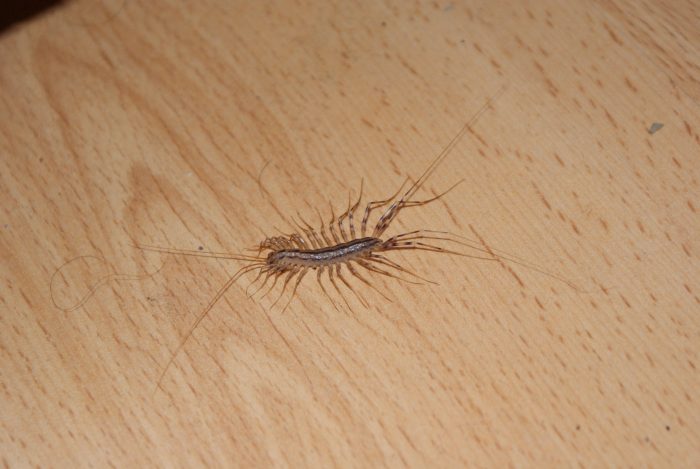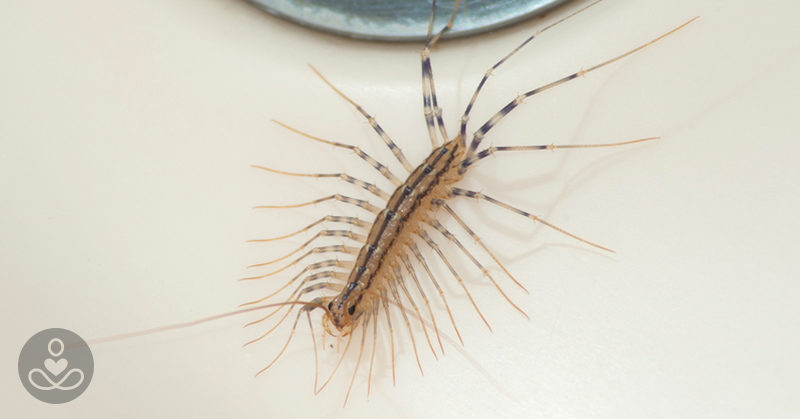Centipedes are one of the ugliest creepy crawlers found indoors, with their squishy bodies and long legs, and when you see one on your basement ceiling you probably have the urge to kill that sucker. But you might want to consider setting that centipede free instead because it could actually come in handy.
Why You Should Not Kill a Centipede

Centipedes eat other uglier creepy crawlers such as ants, spiders, bed bugs, cockroaches, and silverfish; in fact, they’ll eat any arthropod pests. They are not poisonous or dangerous so you are not putting yourself at any risk in keeping them around. That being said, you don’t have to have dozens of them crawling around in your house, they are creepy and not fun to look at. Instead, scoop it up in a jar and release it outside, preferably somewhere damp.
Where are Centipedes Found?
Centipedes are usually found in dark, damp and secluded areas such as basements, bathrooms, closets, and other pest infested areas. They are fast and agile and usually don’t roam around in the light (2). According to Penn State’s Department of Entomology (1), centipedes are believed to have originated in the Mediterranean region. the following are other places Centipedes can be found:
- Under concrete slabs- Centipedes can enter the house through expansion cracks, around any openings or other breaks in slabs
- Inside cement block walls- Centipedes can enter through missing blocks and around pipes where they pass through walls
- In floor drains without water traps
- Under and in cardboard boxes that are stored on slabs
How to Get Rid of House Centipedes
If you see a few in your house and you want that to stop, you can try to reduce moisture and dampness in spots like the basement or bathroom. The following are other ways to control centipedes in your home (2):
- Set sticky traps to gauge population levels to determine the root cause
- Make sure leaves, wood, compost, and other organic materials are kept away from the sides of the house or building
- Overall, make sure the moisture level in your house isn’t too high
If you think you have an infestation, contact a pest control professional for more information. If you don’t bother the centipede, it won’t bother you, so let that centipede in your basement hang out and do its job.
Sources
- Penn State’s Department of Entomology. (n.d.). House Centipedes (Department of Entomology). Retrieved May 10, 2017, from https://ento.psu.edu/extension/factsheets/house-centipedes
- Orkin. (n.d.). Centipedes: Centipede Facts & Control. Retrieved May 10, 2017, from https://www.orkin.com/other/centipedes/
- Endicott, R. (2017, April 27). Here’s Why You Should Never, Ever Squish A Centipede In Your House. Retrieved May 10, 2017, from https://www.littlethings.com/never-squish-a-centipede/

